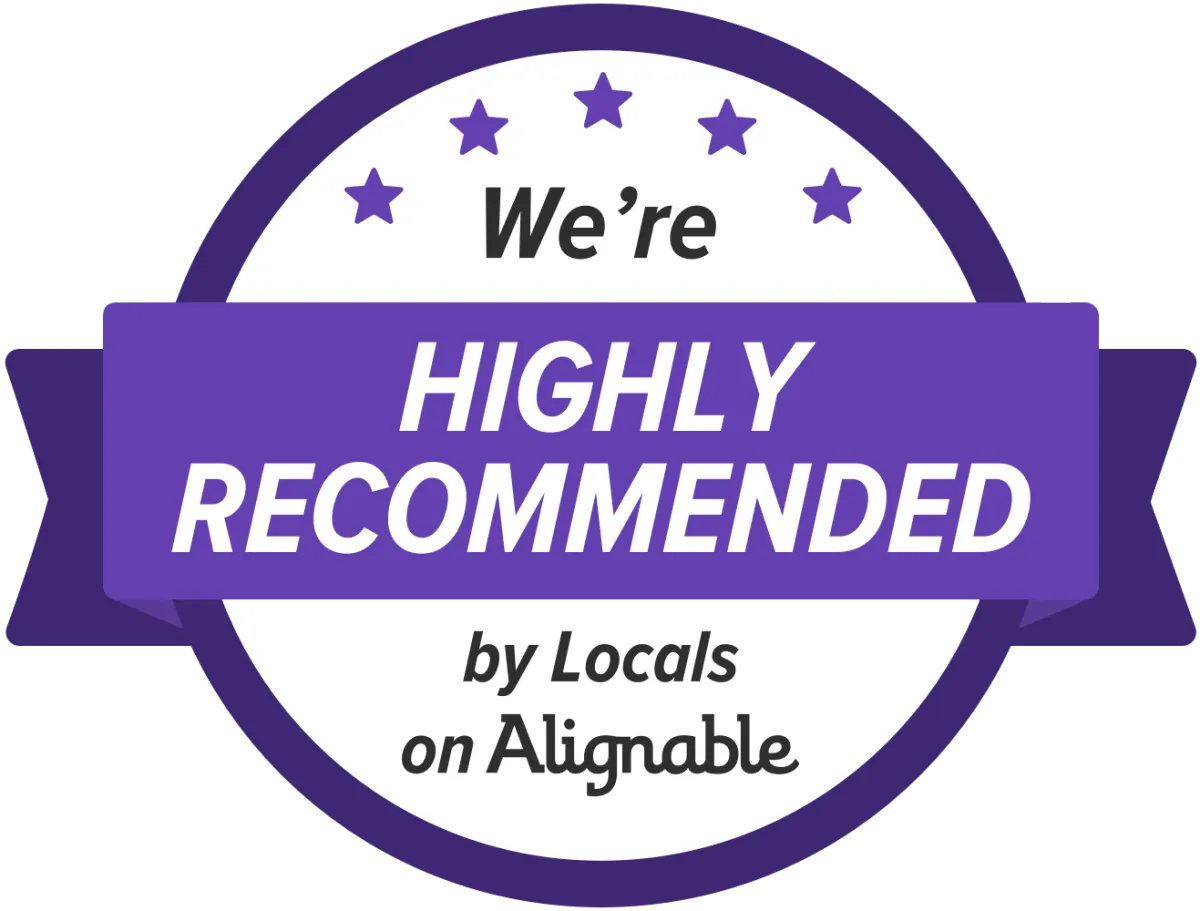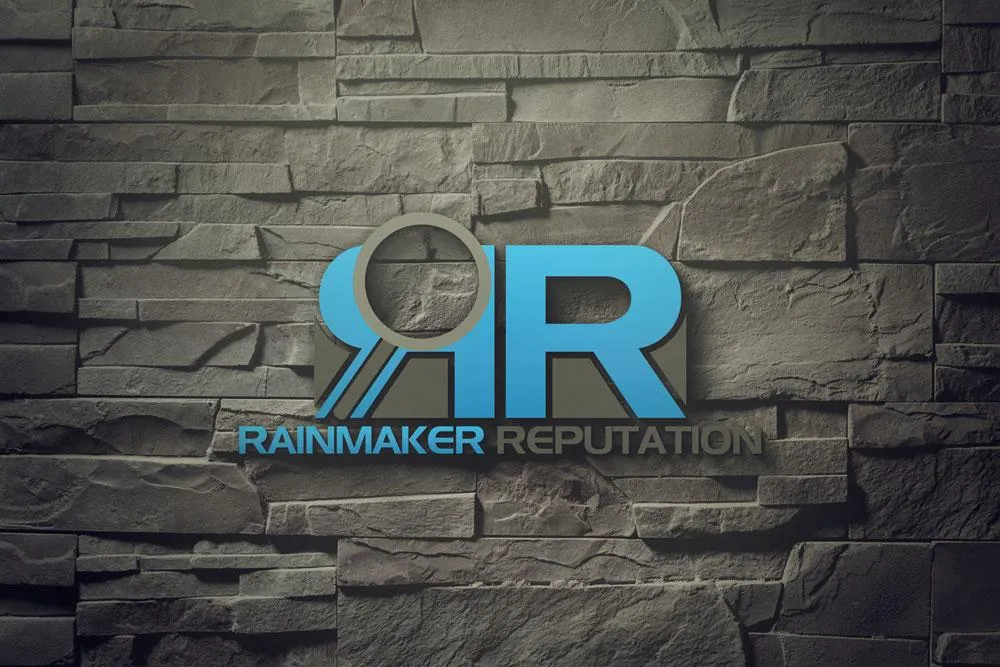Contact Us About Your Marketing Technology Challenges
By submitting, I expressly consent to Rainmaker Reputation AI CRM to be contacted via texts, phone calls, email and/or voicemail to promote our services and other communications. You consent even if you are on any Do Not Call registries. We may contact you using an automatic telephone dialing equipment. I also agree to the privacy policy and terms and conditions. I understand that I can reply "Remove" or "STOP" for SMS to be removed. Message and data rates may apply. My consent is not required to purchase goods or services.

We Admit It! We Miss A Call Now and Then!
We Txt! Just Text Us "START" To Reach Someone at our main number:
(512) 572-5271
CLIENTS: Access The Red Button In The Lower Right Hand Corner Inside The CRM For Support


FEATURES
Social Media Management
Review Collecting Systems
Forms & Surveys
Online Appointment Booking
Membership & Course Builder
Automated Nurture Sequence
Email & SMS
Phone System & Autodialer





